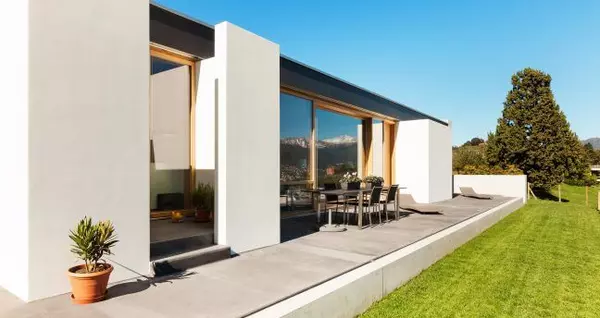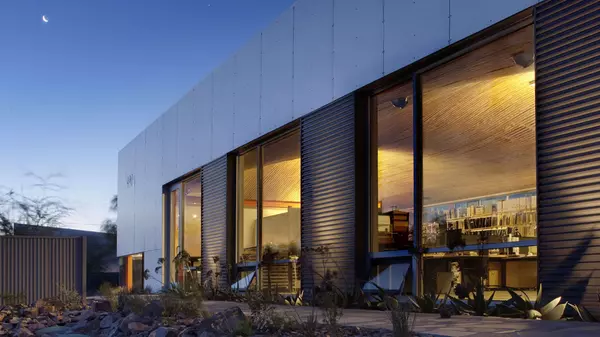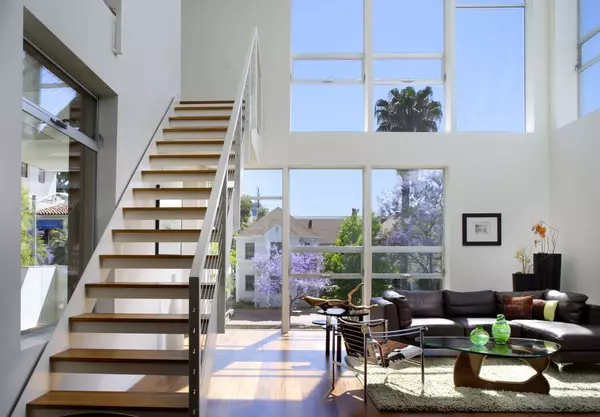Calgary’s New Density Bonus Program and How it Compares to Other Canadian Models
The City of Calgary has announced a new Downtown Density Bonusing Offset Program, launching June 1, 2025, which will support the development of more than 1,500 new homes in the city’s core. This program is designed to remove barriers and offer financial incentives to promote high-density residential construction, while continuing to invest in essential community amenities, as part of the broader downtown revitalization strategy.
Density Bonusing
Density bonusing is a planning mechanism that permits developers to exceed standard zoning limits, such as building additional floors or units, in exchange for contributions to community benefits. These benefits can include funding for affordable housing, public art installations, or enhancements to public spaces. In Calgary’s program, developers who make such contributions will be eligible for reimbursements, effectively offsetting the costs associated with these community investments.
Strategic Objectives
The program is designed to accelerate the development of high-density residential projects in downtown Calgary. It also aims to enhance the vibrancy and safety of the downtown area, while supporting local businesses by increasing the downtown population. The City plans to maintain investments in community amenities despite increased development density.
City officials, including Mayor Jyoti Gondek and Director of Downtown Strategy Thom Mahler, have emphasized the importance of this program in addressing Calgary’s housing needs and fostering a more connected and livable city.
National Context
Density bonusing is a common tool among Canadian cities used to encourage developers to provide public benefits, such as affordable housing and community amenities, in exchange for increased building capacity. Cities like Toronto, Vancouver, Montreal, and Ottawa have implemented various forms of these programs.
While density bonusing is not unique to Calgary, the city’s approach includes a reimbursement component, distinguishing it from similar programs in other Canadian cities. Across the country, density-bonusing programs vary significantly in structure, implementation, and the types of incentives offered. Some cities use fixed formulas, while others rely on case-by-case negotiations or design-driven evaluations. Calgary’s model stands out for incorporating a financial reimbursement mechanism, which aims to lower financial barriers for developers and encourage more rapid and extensive residential development in the downtown area.
Comparison: Calgary and Victoria
For example, Calgary and Victoria both use density bonusing to permit development beyond standard zoning limits in return for public benefits. However, Calgary’s Downtown Density Bonusing Offset Program includes a unique feature not found in other Canadian cities: a financial reimbursement component. This reimbursement reduces the cost burden on developers, lowering financial barriers and incentivizing faster, high-density residential growth in the downtown area. This aligns with Calgary’s broader housing strategy focused on rapid supply expansion and downtown revitalization.
In contrast, Victoria’s program is more discretionary and design-sensitive. Developers there must absorb the full cost of their contributions, and approvals are handled on a case-by-case basis during rezoning. The emphasis is on controlled, incremental growth and the preservation of urban design quality across a broader urban core.
While both cities aim to manage growth and secure public benefits from private development, Calgary’s model is more aggressive and pro-housing. It relies on a transparent, formula-driven approach that prioritizes speed and cost efficiency. Victoria’s model, by comparison, reflects a more traditional planning philosophy, favouring negotiated outcomes and community character over expedited growth.
Calgary’s innovative reimbursement-based program stands out as a potential model for other high-growth cities seeking to accelerate residential development while safeguarding public interests.
Program Eligibility and Application Process
The program targets projects within the Greater Downtown Plan Area, encompassing neighbourhoods like Downtown Core, Downtown West, Eau Claire, Chinatown, East Village, and Beltline. To qualify, projects must be located within the specified downtown area and introduce new residential units. Projects must also contribute to a Council-approved fund in exchange for the bonus density; additionally, they must not have obtained a development permit or commenced construction before May 1, 2025.
Applications will be accepted on a rolling basis starting June 1, 2025, subject to available funding. Approved projects will enter into a funding agreement outlining specific requirements and timelines. Reimbursements will be disbursed upon completion of construction and fulfillment of all agreement conditions. Detailed information on the program and application procedures is available on the City of Calgary’s official website.
Recent Posts










